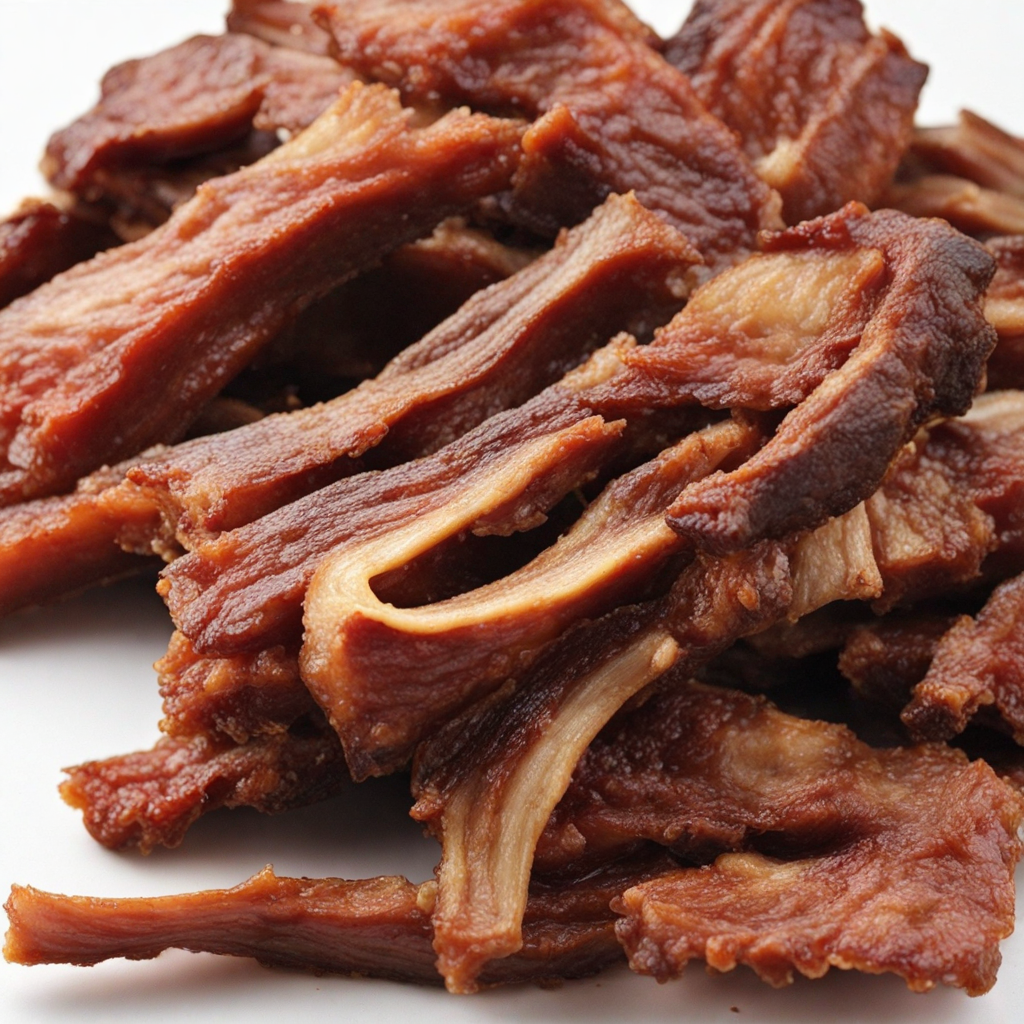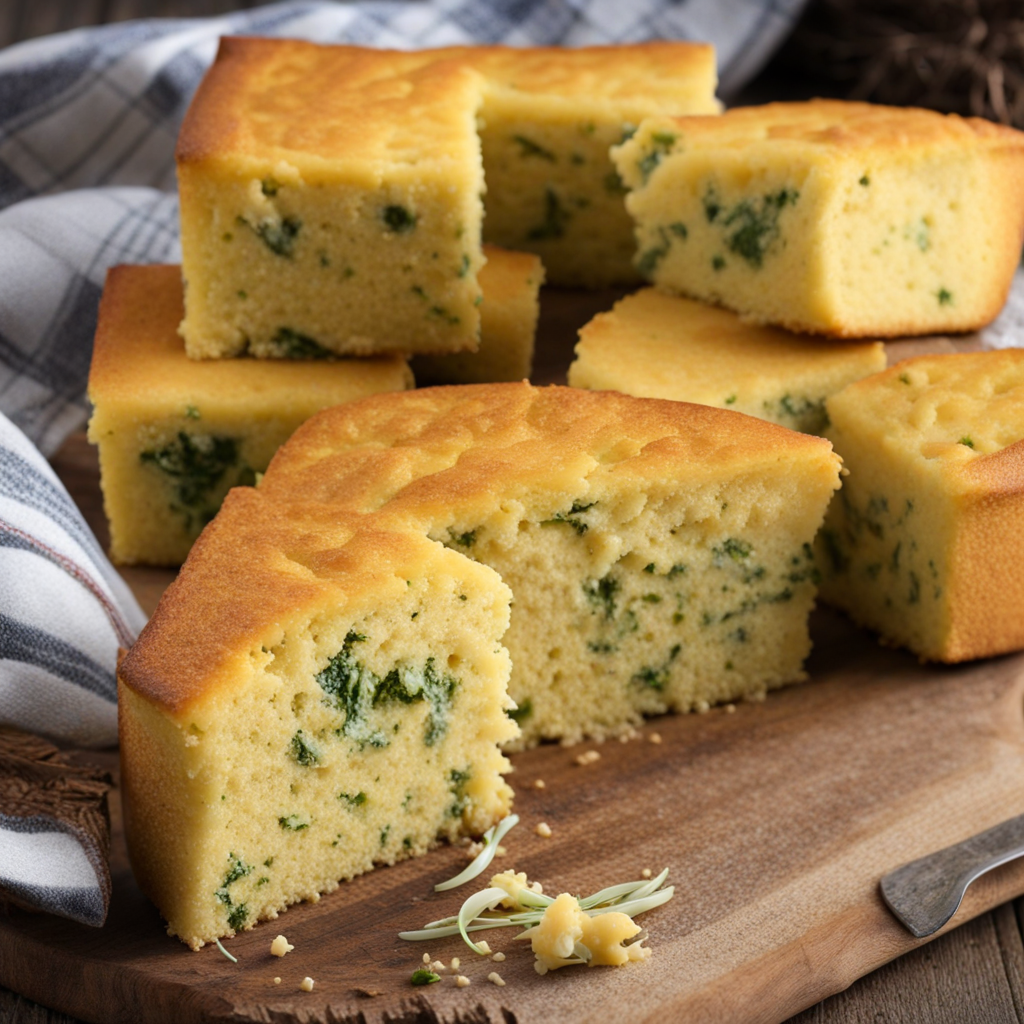Suva Rebra
Suva Rebra, a traditional Serbian dish, is a delightful culinary experience that showcases the robust flavors of the region. This dish primarily consists of smoked pork ribs, which are expertly cured and seasoned to enhance their natural richness. The ribs are typically slow-cooked, allowing the smoky flavor to seep into the tender meat, resulting in a dish that is both savory and deeply satisfying. The preparation often incorporates a blend of spices, including paprika and garlic, which not only elevate the taste but also pay homage to the region's rich culinary heritage. The serving of Suva Rebra often includes a side of classic Serbian accompaniments, such as pickled vegetables or a fresh salad, which provide a refreshing contrast to the hearty meat. The smoky aroma wafts through the air, enticing diners to savor each bite. When paired with a slice of traditional bread, the dish becomes a complete meal that celebrates the rustic essence of Serbian cuisine. Each mouthful delivers a burst of flavor, making it an unforgettable experience for those looking to indulge in something authentically Serbian. Beyond its rich taste, Suva Rebra also reflects the communal spirit of Serbian dining, often enjoyed during gatherings and celebrations. Sharing this dish with family and friends not only enhances the experience but also invites conversation and connection over the table. The depth of flavor and the methodical preparation required to create this dish make it a true labor of love, embodying the heart and soul of Serbian culinary tradition. For anyone eager to explore new tastes, Suva Rebra is a must-try that promises to leave a lasting impression.
How It Became This Dish
The Culinary Journey of 'Сува ребра' (Suva Rebra): A Serbian Delight In the rich tapestry of Serbian cuisine, 'Сува ребра' (Suva Rebra), translating to 'dried ribs,' stands out as a dish with deep-rooted cultural significance and a fascinating historical background. This traditional delicacy reflects not only the culinary practices of Serbia but also the agricultural and social dynamics that have shaped the region over centuries. Origins: A Historical Perspective The roots of Suva Rebra can be traced back to the pastoral traditions of the Balkans, where the raising of livestock was integral to both livelihood and sustenance. The process of drying meat is an ancient preservation technique that dates back to prehistoric times, utilized by various cultures to extend the shelf life of perishable food items. In Serbia, this practice became particularly important in the harsh winters when fresh meat was scarce. The use of pork, specifically ribs, for this dish is indicative of the region's agricultural practices. The pig has long been a symbol of abundance and prosperity in Serbian culture, often associated with family gatherings and festivities. The tradition of preparing dried ribs likely emerged from rural households where families sought to make the most of their livestock during the autumn months when pigs were traditionally slaughtered, a practice known as "svinjokolj." This communal event not only provided meat for the winter but also fostered social ties among families and neighbors. Cultural Significance Suva Rebra is more than just a dish; it embodies the spirit of Serbian hospitality and communal living. It is often served at family gatherings, celebrations, and festive occasions, symbolizing unity and togetherness. The act of sharing food, especially one that requires time and effort to prepare, reflects a sense of community and tradition that is central to Serbian culture. Furthermore, Suva Rebra also holds a place in the Serbian Orthodox calendar, particularly during the period of Lent when many believers abstain from meat. The dish, typically enjoyed during festive occasions, serves as a reminder of the cyclical nature of life and the importance of seasonal eating. Preparation and Ingredients The preparation of Suva Rebra involves a meticulous process that showcases the artistry of traditional Serbian cooking. The ribs are salted and seasoned with a blend of spices, often including garlic, black pepper, and paprika, which not only enhances the flavor but also aids in the preservation of the meat. After seasoning, the ribs are hung to dry in a cool, airy place, allowing the natural enzymes to tenderize the meat while the salt acts as a preservative. This drying process can take several weeks, requiring careful monitoring to ensure that the ribs do not spoil. Once dried, Suva Rebra can be stored for months, making it a valuable resource during the winter months. Traditionally, it is served sliced thin and can be enjoyed as a snack, appetizer, or incorporated into various dishes. Development Over Time As Serbia evolved through various historical phases, so did the preparation and consumption of Suva Rebra. The Ottoman Empire's influence in the region brought about new spices and cooking techniques, leading to a fusion of flavors that enriched traditional recipes. However, the essence of Suva Rebra remained intact, serving as a culinary anchor amidst the changing tides of history. Throughout the 20th century, particularly during and after the Yugoslav Wars of the 1990s, traditional foods like Suva Rebra gained renewed significance. In times of conflict and upheaval, food became a way to preserve cultural identity and heritage. Families turned to traditional recipes not only for sustenance but as a means of remembering their roots and passing down culinary traditions to future generations. In contemporary Serbia, Suva Rebra has found its place on restaurant menus, celebrating its heritage while also adapting to modern tastes. Chefs often experiment with presentation and pairing the dried ribs with contemporary sides, like fresh salads or artisanal bread, bridging the gap between tradition and innovation. Suva Rebra in Modern Serbian Cuisine Today, Suva Rebra continues to be cherished by Serbians both within the country and in diaspora communities around the world. Its adaptability as a dish makes it a favorite among cooks of all backgrounds. The versatility of dried ribs allows them to be incorporated into various dishes, including stews, pasta, or even as a topping for pizzas. Moreover, with the rising interest in artisanal food production and local sourcing, many Serbian chefs are returning to traditional methods of preparation, emphasizing the importance of sustainably sourced meats and time-honored techniques. This movement not only honors the heritage of Suva Rebra but also enriches the culinary landscape of Serbia, attracting food enthusiasts eager to connect with the country’s rich history. Conclusion: A Symbol of Heritage In conclusion, Suva Rebra is a culinary gem that encapsulates the essence of Serbian culture. From its humble beginnings as a means of preservation to its status as a beloved traditional dish, Suva Rebra tells a story of resilience, community, and the enduring power of food to connect people across generations. As Serbia continues to navigate the complexities of modernity, dishes like Suva Rebra serve as vital links to the past, reminding us of the importance of heritage in shaping our culinary identities. Thus, the next time you encounter Suva Rebra, whether at a festive gathering or a quaint Serbian restaurant, take a moment to appreciate the rich history behind this simple yet profound dish—a true representation of the heart and soul of Serbian cuisine.
You may like
Discover local flavors from Serbia







